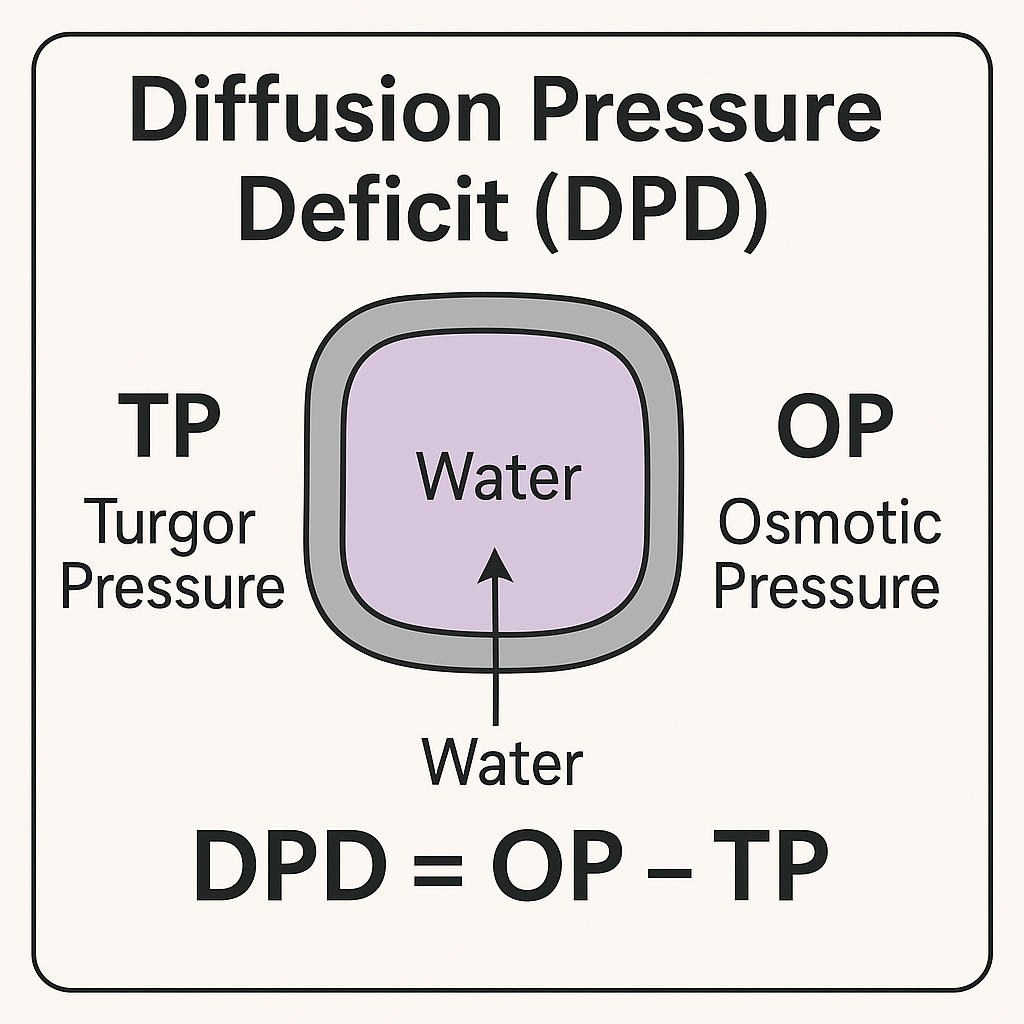[PDF] Rod Cells and Cone Cells Function Notes: 10 Key Functions
![[PDF] Rod Cells and Cone Cells Function Notes: 10 Key Functions 1 [PDF] Rod Cells and Cone Cells Function Notes: 10 Key Functions](https://biologywala.com/wp-content/uploads/2023/07/Rod-Cells-and-Cone-Cells-Function-Notes-10-Key-Functions-1.webp)
Let’s learn 10 Rod Cells and Cone Cells Functions in the next 7 minutes! And Download the pdf notes of Rod Cells and Cone Cells Functions.
Rod cells function:
- Light Sensitivity: Rod cells contain a pigment called rhodopsin, which is essential for their light-detecting capabilities. When exposed to light, rhodopsin undergoes a chemical reaction, initiating an electrical signal that is transmitted to the brain for interpretation.
- Peripheral Vision: Rod cells are densely packed in the outer regions of the retina, enabling us to have better peripheral vision. This is why we can often detect movement or objects in our peripheral vision, even in low light.
Rod Cells and Cone Cells Function Notes:
![[PDF] Rod Cells and Cone Cells Function Notes: 10 Key Functions 2 [PDF] Rod Cells and Cone Cells Function Notes: 10 Key Functions](https://biologywala.com/wp-content/uploads/2023/07/Rod-Cells-and-Cone-Cells-Function-Notes-10-Key-Functions-2-1024x1024.webp)
Rod Cells and Cone Cells Function Notes: Table Form
| No. | Rod Cells | Cone Cells |
|---|---|---|
| 1 | Responsible for colour vision and visual acuity (sharpness) | Responsible for color vision and visual acuity (sharpness) |
| 2 | Predominant in peripheral regions of the retina | Concentrated in the central region of the retina (fovea) |
| 3 | High convergence of rod cells onto bipolar cells, leading to high sensitivity but low resolution | Low convergence of cone cells onto bipolar cells, resulting in high resolution but lower sensitivity |
| 4 | Contain a single type of photopigment (rhodopsin) | Contain three types of photopigments (opsins) sensitive to different wavelengths of light (red, green, and blue) |
| 5 | Enable perception of colours through combination and comparison of signals from different cone cells | Essential for tasks requiring colour discrimination, fine detail perception, and high-resolution vision |
| 6 | Responsible for peripheral vision, motion detection, and low-light activities | Essential for tasks requiring color discrimination, fine detail perception, and high-resolution vision |
| 7 | Predominantly found in the peripheral retina, with diminishing numbers towards the central retina | Highest density in the fovea, decreasing towards the peripheral retina |
| 8 | More numerous than cone cells, accounting for approximately 90% of the photoreceptor population | Fewer in number compared to rod cells, making up only about 10% of the photoreceptor population |
| 9 | Play a crucial role in scotopic (night) vision | Play a vital role in photopic (daytime) vision |
| 10 | Higher sensitivity to light, enabling detection of dim light and movement | Lower sensitivity to light, requiring more light for activation |
Cone cells function:
- Colour Perception: Cone cells contain different pigments that are sensitive to specific wavelengths of light, allowing us to perceive a wide spectrum of colours. There are three types of cone cells: red-sensitive, green-sensitive, and blue-sensitive, collectively enabling us to experience the vibrant world of colours.
- High Visual Acuity: Cone cells are densely packed in the fovea, the area responsible for our sharpest vision. This concentration of cone cells allows us to discern fine details and see objects with greater clarity.
FAQ’S:
What is the function of rod and cone cells?
Rod cells, the unsung heroes of our visual system, excel in low-light conditions. They provide peripheral vision, detect motion, and offer black-and-white or grayscale vision. On the other hand, cone cells, found in the central retina known as the fovea, are responsible for color vision and visual acuity.
What are rod and cone cells ?
Rod and cone cells are photoreceptor cells in the eye’s retina. Rod cells excel in low-light conditions, providing peripheral vision and detecting motion. They enable black-and-white or grayscale vision. Cone cells, concentrated in the fovea, are responsible for color vision and visual acuity.
Also Read:
- [Download] Osteoblasts vs Osteoclasts: 7 Key Differences| BIOLOGY PDF NOTES
- [DOWNLOAD] Molecular Biology of the Cell The Problems Book 6th edition by John Wilson Tim Hunt
- Download Top 3 Genetics Books
- [PDF] 10 Rod Cells and cone cells Differences | Rod Cells Vs cone cells Biology PDF Notes
Join SACHIN’S BIOLOGY on Instagram or Facebook to receive timely updates and important notes about exams directly on your mobile device. Connect with Mr. Sachin Chavan, the founder of Sachin’s Biology and author of biologywala.com, who holds an M.Sc., NET JRF (AIR 21), and GATE qualifications. With SACHIN’S BIOLOGY, you can have a direct conversation with a knowledgeable and experienced.


